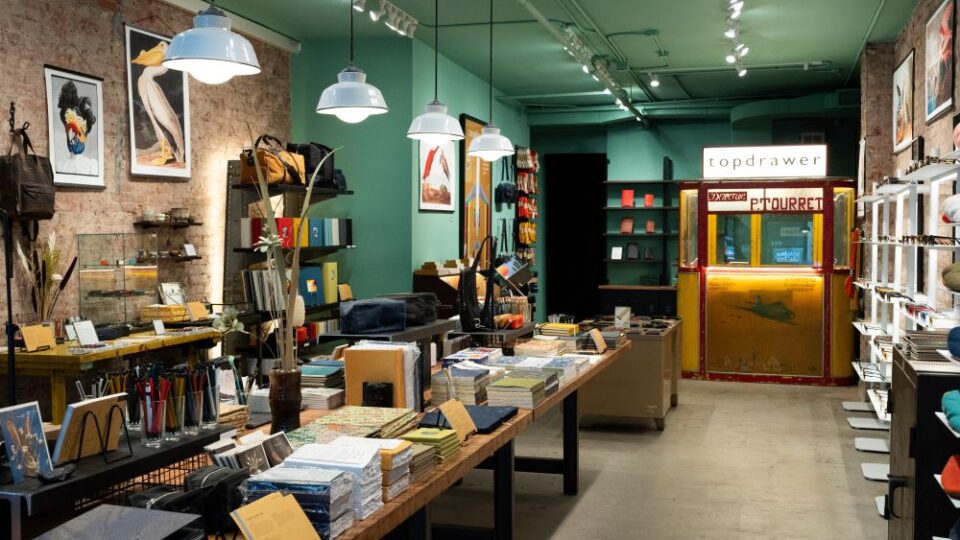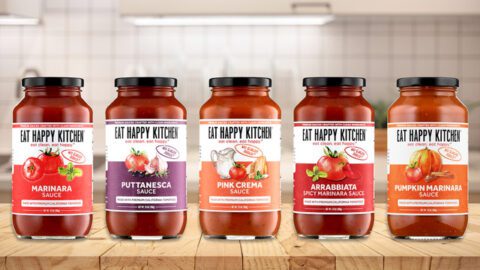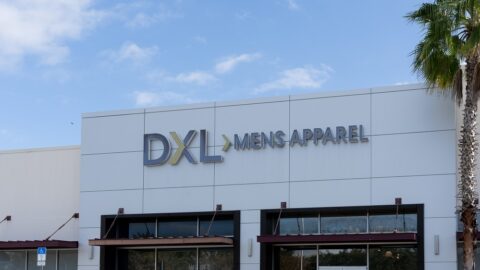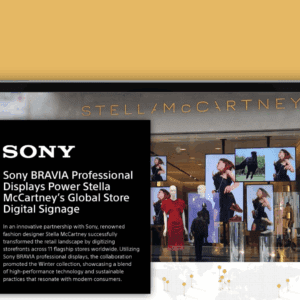Lots of retailers try to “localize” their brick-and-mortar stores to reflect and represent the town or city in which they reside, but Topdrawer goes further than most: each of its 16 U.S. store locations has a different and distinct look, vibe and product lineup.
“We didn’t want that homogenous look — we wanted each store to be its own character,” said Peter Dunn, Topdrawer’s President and Co-founder, in an interview with Retail TouchPoints. Even for locations within the same city, such as in NYC, “there’s a big difference between our Flatiron and Williamsburg stores and our SoHo store, but you know you’re in a Topdrawer store — and you want to visit them all.”
Topdrawer’s varied store designs are vital to its business model, but the retailer, a division of the Japan-based specialty retailer Itoya, also has a thriving ecommerce business that already generates 25% to 30% of the retailer’s revenues. Dunn discussed how Japanese-inspired rituals inform the Topdrawer shopper journey as well as how the retailer’s assortment of unique, proprietary, built-to-last products serves its ethos as the “polar opposite of fast fashion.”
Retail TouchPoints (RTP): Topdrawer now operates 16 stores, or as you call them “maisons,” in the U.S., and they are each quite different. What are the common elements that a shopper would find in any of these stores?
Peter Dunn: We look at our retail stores as part of the neighborhoods we go into. They’re part workshop, part experience, part gallery — they’re a place to gather, and also a place to highlight our products, 90% of which are proprietary designs. Our focus is on what we call the creative class of people, who are making their living in creative endeavors: entrepreneurs, designers, journalists, architects — or just people aspiring to use more of their creativity.
And the shop is where you experience everything — you can hold every fountain pen and piece of watercolor paper. We don’t put many things behind glass, because we want you to try everything, which is the opposite of the current trend in big box retail [to make products less accessible]. That was really important to us from the beginning.
RTP: It sounds like the Topdrawer product assortment is a key part of the appeal to consumers.
Dunn: As our company has evolved, we’ve embraced the concept of creating these wonderful longevity products. Our general motto is: buy it once, hold on to it for life. We’re the polar opposite of fast fashion; our emphasis is on products that have a legacy and stay with you for a long time.
We view everything through the lens of ritual because we lean into our Japanese identity. [Even though] we’re not pure Japanese, we are a mix of east and west, and we really believe in rituals, such as using a handkerchief or wearing house shoes in your house as a way to separate the outer world from the inner world. The outside world is wonderful and exciting, but the home is a place of cleanliness and peace, and a lot of our products are geared toward that.
In terms of pricing, we are definitely at a premium price point, but we also have modest notebooks that start at $10. Paying $95 for house shoes is a very competitive price. We’re not trying to be a super luxury brand like Gucci or Hermès — we don’t believe our typical consumer is looking to us as a status symbol. We look at ourselves as a premium brand and an affordable luxury, especially if you only have to buy the product once. For example, a good fountain pen, if you take care of it and keep it clean, can be handed down.

RTP: Why is it important to have a different look and feel for each Topdrawer store location?
Dunn: We make a conscious effort to get each store as close as we can get to a jewel box, because they are relatively small — roughly 750 to 1,000 square feet on average — and we want each one to have its own character and identity and to fit into its neighborhood. So for our store that’s right in the heart of Harvard Square in Cambridge, Mass., we wanted that store to be kind of Ivy League-ish, so it’s dark green and dark wood, with vintage prints of things like the first flight and celebrating the academic nature of the neighborhood. But it’s also whimsical — it’s like walking into a Wes Anderson movie set — we go for that in all our stores. The Harvard Square store has been open for five years and it’s become one of the fixtures of the neighborhood. We get families, students, professors and the community as a whole, and all the tourists that visit because of the campus.

Our Berkeley, Calif. store, in contrast, is more laid-back and a bit more free-spirited. For instance, there’s a vintage boat in the back that washed up on the shore; it’s really a whole other vibe, and it’s very California, very Berkeley.
Additionally, many of our customers visit multiple Topdrawer locations in Los Angeles, Boston, San Francisco, NYC and Chicago. Customers who are often flying between these cities use Topdrawer as their premium “hardware store.”
RTP: What do you see for Topdrawer in the next year or so?
Dunn: We’re growing pretty fast and have been focusing a lot on comp store growth, which has been extraordinary. Additionally, ecommerce has been a major focus this year and will be next year; in fact, our web business will probably double in the next year. We will probably also open one or two stores, most likely in cities where we’re currently operating — we like the “clustering” approach. [Picking a location] is a little bit opportunistic, and we really want to hold out for the right neighborhood. There has to be good food around us, good coffee, hopefully vintage stores — we look for those eclectic neighborhoods.
I feel like Topdrawer has hit its stride. We look like an overnight success, but it took 10 to 15 years of grueling work.













